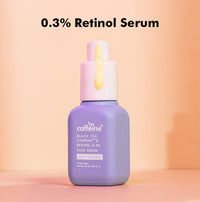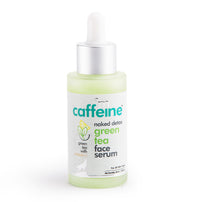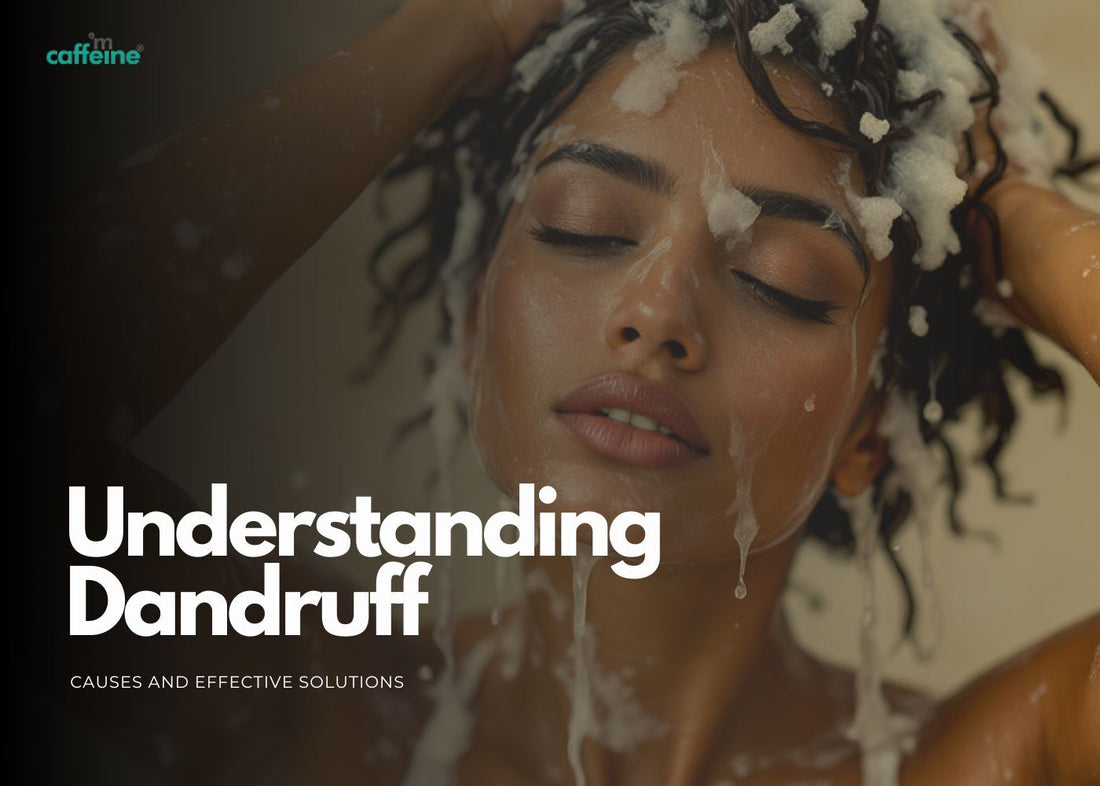Table of content:
|
Introduction
Dandruff often brings along flakes, itchiness, and the inconvenience of constant scalp discomfort. It’s something many people deal with, and finding dandruff solutions can feel challenging. By better understanding what’s behind those white flakes and how to keep them away, managing dandruff becomes much more approachable.
If your scalp is sensitive to sunlight, or has medical conditions, using a curated anti-dandruff shampoo can do wonders for your scalp.
From dandruff causes to effective treatments, this article will go into everything you need to know to regain control of your scalp health and get rid of the discomfort of dandruff.
What is Dandruff?
Dandruff happens when the scalp starts shedding dead skin cells in noticeable clumps. These flakes can appear on the hair, shoulders, and clothes. The condition is not dangerous or contagious, but it can be uncomfortable and sometimes embarrassing due to visible white flakes.
The appearance of dandruff is often accompanied by an itchy scalp and can sometimes lead to irritation if not treated properly.
Main Causes of Dandruff
Understanding what triggers dandruff is crucial to finding the best ways to treat it. Often, it’s a combination of several factors rather than just one root cause.
What is the main cause of dandruff?
In most cases, dandruff can be traced back to a fungus called Malassezia, which lives naturally on the scalp. When it overgrows, it triggers excessive skin shedding. Other contributing factors include oil glands producing too much sebum, which mixes with dead skin, or dry skin, which leads to more visible flaking.
Other Major Causes of Dandruff
- Dry Skin: Often leads to small, fine, and non-oily flakes.
- Oily Scalp (Seborrheic Dermatitis): Greasy red skin covered with flaky yellow or white scales can develop due to excess oil production.
- Not Washing Hair Often: A build-up of oils and dead skin can lead to increased dandruff. Regular cleansing is crucial.
- Sensitive Skin: Scalp sensitivity to certain products can lead to contact dermatitis, causing redness, itching, and flaking.
- Skin Conditions: Issues like eczema or psoriasis may also cause flaking similar to dandruff.
Common Symptoms of Dandruff
The symptoms of dandruff can vary, but there are some common telltale signs:
- Flakes on the Scalp: White or gray flakes that can be noticed on the scalp, hair, and clothing.
- Scalp Itching: Constant irritation and itching, especially when the scalp is dry.
- Redness or Greasiness: Severe dandruff can cause the scalp to become irritated, leading to greasy or red patches.
Recognizing these symptoms can make it easier to pick a treatment that works for you and address the issue more effectively.
Effective Treatments for Dandruff
Various approaches exist for treating dandruff, from lifestyle changes to dedicated products. Picking the right hair care products and remedies can significantly reduce symptoms and keep your scalp healthy.
How do I reduce dandruff?
Reducing dandruff requires a routine that keeps the scalp clean, moisturized, and balanced. Using the right anti-dandruff shampoos with active ingredients like selenium sulfide, salicylic acid, or tar-based shampoos can help. Below are some common dandruff solutions:
- Selenium Sulfide: Reduces scalp flaking by slowing down cell production. Selsun Blue is one popular product with this ingredient.
- Salicylic Acid: Helps get rid of dead skin cells and prevents buildup on the scalp.
- Tar-Based Shampoos: Slows the growth of skin cells on the scalp, reducing flakiness.
- Tea Tree Oil: An excellent natural remedy, tea tree oil has antifungal properties that help manage dandruff. Many find shampoos containing this ingredient very effective.
Medicated Shampoo: Products like Caffexil® Advanced Hair Fall Control Shampoo & Conditioner are a great option, treating dandruff while reducing hair fall. Check it out here.
Using an anti-dandruff shampoo around twice or thrice a week can significantly help with symptoms. It's also good practice to leave the shampoo on the scalp for at least 3-5 minutes before rinsing.
How can I stop dandruff fast?
A few practical steps can help stop dandruff quickly:
- Use Anti-Dandruff Shampoo: Choose one with selenium sulfide, salicylic acid, or zinc pyrithione for fast action.
- Apply Tea Tree Oil: This works as a natural remedy, soothing the scalp and reducing inflammation.
- Rinse Thoroughly: After shampooing, ensure all the shampoo is completely rinsed out to avoid scalp residue, which can lead to more flaking.
For a complete solution, check out our Dandruff Control Collection featuring specialized products to help manage and prevent dandruff effectively.
Preventing Dandruff
Prevention is just as important as treatment when dealing with dandruff. These tips can help keep flakes at bay and promote long-term scalp health.
- Keeping the scalp clean prevents oil build-up, which can worsen dandruff.
- Avoid dry skin by moisturizing the scalp, especially during cold or dry weather.
- Use shampoos and conditioners that are gentle on the scalp. Avoid anything that causes irritation.
- Hair products high in oil can contribute to dandruff by feeding the growth of scalp fungus.
- Drinking enough water helps keep the scalp moisturized from the inside out, minimizing dryness.
When looking to manage dandruff naturally, try out our Coffee Deep Cleansing Hair Care Duo that nourishes the scalp while maintaining deep cleansing for healthy and fresh hair.
For those looking for targeted scalp care, our Naked & Raw Coffee Scalp Scrub offers the right exfoliation needed to remove build-up and help balance the scalp effectively.
Conclusion
Dandruff is very common, but the good news is that with the right approach, it's entirely manageable. By understanding dandruff causes and recognizing the symptoms of dandruff, you can use effective dandruff solutions to take charge of your scalp health. Whether it's using anti-dandruff shampoos with active ingredients or switching to medicated shampoo, plenty of options exist to help you get rid of the flakes.
Check out our Naked & Raw Cappuccino Coffee Scalp Lotion for intensive scalp treatment to keep dryness and flakes at bay. Explore it here.
FAQs
What is the fastest way to get rid of dandruff?
Anti-dandruff shampoo with selenium sulfide or salicylic acid can quickly reduce flakes. Aim for twice-weekly use.
Can tea tree oil help treat dandruff?
Yes, tea tree oil’s natural antifungal properties help to reduce flakes and soothe an itchy scalp.
How often should I wash my hair if I have dandruff?
Washing your hair two to three times a week keeps oil buildup in check and helps minimize dandruff.
Are there natural ways to treat dandruff?
Yes, remedies like tea tree oil and aloe vera can work wonders. Coffee-based products also offer benefits for the scalp. Learn more here.
What’s the difference between regular shampoo and anti-dandruff shampoo?
Anti-dandruff shampoos contain active ingredients like salicylic acid or selenium sulfide, specifically formulated to combat the causes of dandruff.
Proper scalp care and understanding how dandruff works make it easier to get rid of those annoying flakes. With the right solutions, including our Body & Scalp Exfoliation Kit, you can take a step towards a healthier, happier scalp.












